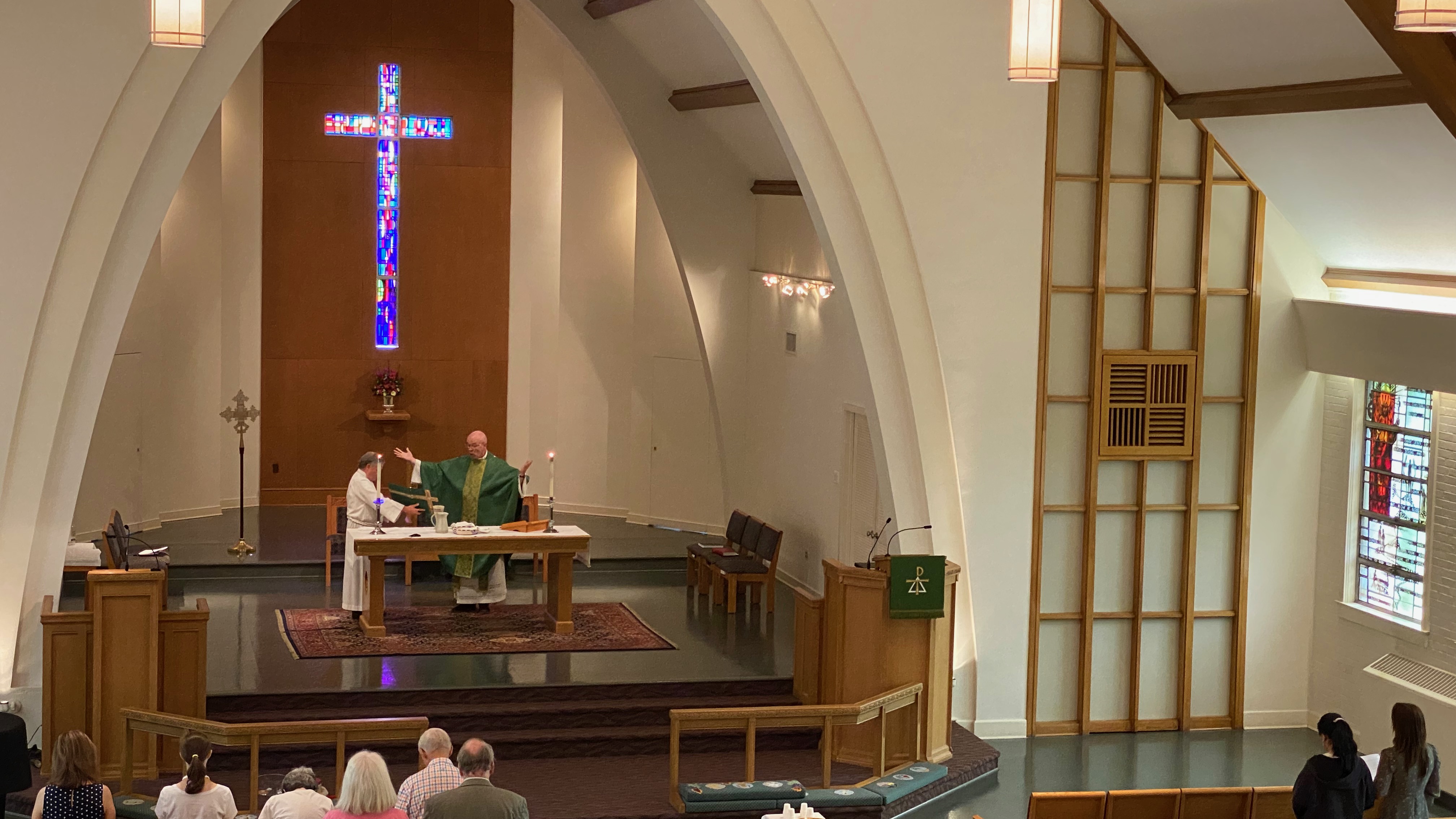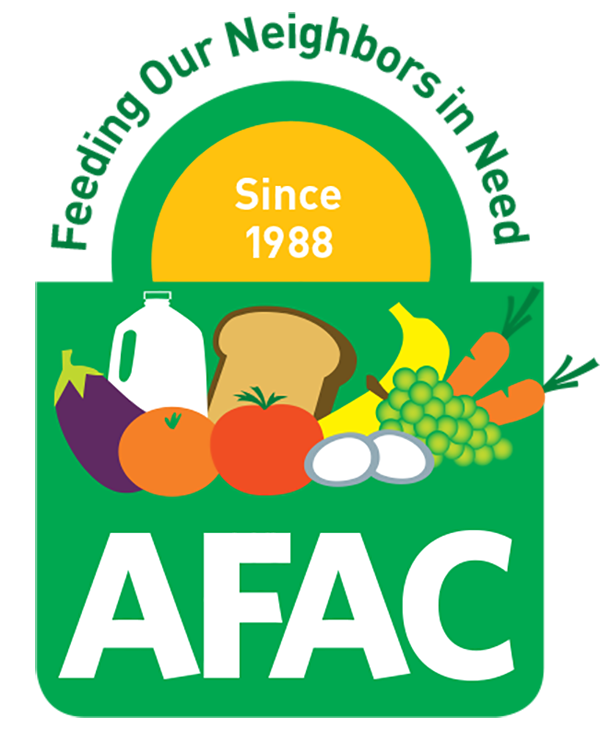Lectio divina emerged in the sixth century Benedictine tradition where the monks according to the Rule of St. Benedict would spend up to four hours a day engaging in sacred reading. In the twelfth century, a Carthusian monk named Guigo II set forth in a treatise called “The Ladder of Monks,” what would become the four-fold nature of lectio divina, which also summarizes basic practices of the whole of the monastic life. The four central practices are reading, meditation, prayer, and contemplation.
Applied to the practice of engaging sacred scripture in lectio divina, each of these four movements, as I like to call them, represents distinctive ways of being present to a chosen biblical passage to discern particular aspects of its meaning.
The first movement, “reading,” attends to the objective meanings of the passage – that is, the main words and ideas. This movement relates most closely to our typical experiences of Bible Study, where we might consider the historical contexts of a biblical passage, what the author intended to say to the audience centuries ago. Most Bible Studies in church begin and end with this movement in my experience. In lectio divina, such engagement with the objective meanings of a text is only the beginning, laying the solid foundation for the subsequent movements.
Once we’ve engaged a passage’s more objective meaning in the reading movement, we can then move to “meditation,” where we perhaps playfully and imaginatively attend to the passage’s more subjective meanings, that is, what it might mean for us in our day. Discerning such possible applications of a biblical passage to our day is best served by building on the foundation of what we gleaned in the first movement, lest we be tempted to read into a passage what we want it to say.
After we have engaged the meditation movement of lectio divina, we return to the same passage a third time for the movement of “prayer,” praying with the text, discerning the energies of the Holy Spirit in terms of what the passage may mean for what we are called to do in our ministry in daily life.
Finally, after the prayer movement, we turn to the movement called “contemplation,” engaging the passage yet a fourth time, but in the time following this last reading, we simply rest in quiet with all that has gone on in the other movements. While meditation in lectio divina is imaginative and mentally active, contemplation is a more restful, or receptive mode in which we simply, but profoundly, dwell with the whole experience. This movement of contemplation attends to the directly experiential aspects of the meanings of the passage.
Lectio divina is typically an individual practice in the monastery, but it can also be used by small groups. In my experience with it both as an individual and in group contexts, I can say that lectio divina, when I was introduced to it in my doctoral program, has transformed my spiritual life. It was so influential that I was drawn to focus my entire doctoral dissertation on lectio divina as a spiritual phenomenon. Moreover, I was drawn to apply the movements of lectio divina to our liturgical participation in Sunday worship in a book I authored, Holy Conversation: Spirituality for Worship (Fortress Press, 2010).
If you feel moved to go deeper with lectio divina at this time, I would be eager to be in conversation with you. If small groups at Resurrection Church would like to give this a try perhaps via a Zoom encounter, I would honored to introduce you to the group dimensions of lectio divina, and to lead you in the experience. Kindly let me know!
The bottom line is that lectio divina helps us really hear and attend to God’s scriptural word, deepening our understanding of it, and again, nurturing the conditions in our minds, hearts and bodies for the Holy Spirit bearing fruit among us in the world, because God’s holy word accomplishes that for which God sent it.
May God in Christ bless your sacred reading in the power of the Spirit,
Pastor Jonathan Linman
P.S. – Here is a link to a two-page document that serves as a practical, movement by movement, guide to your individual practice of lectio divina, with additional movements to prepare for lectio divina and to conclude the practice.






